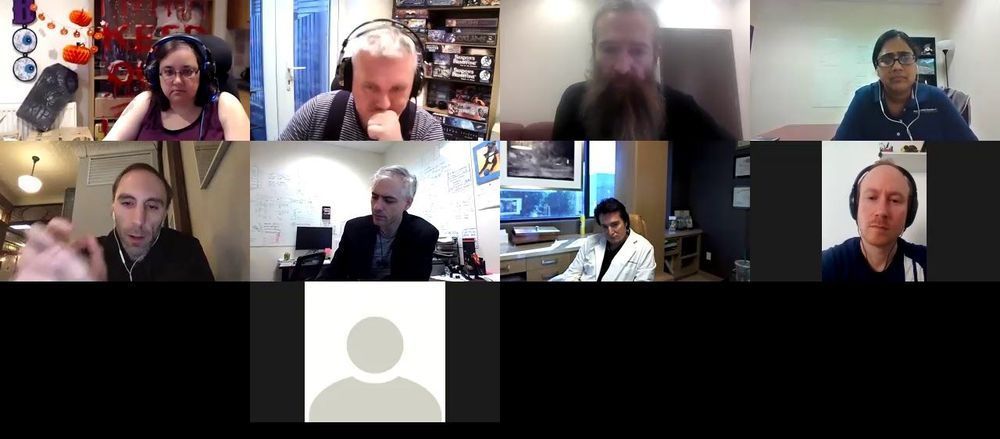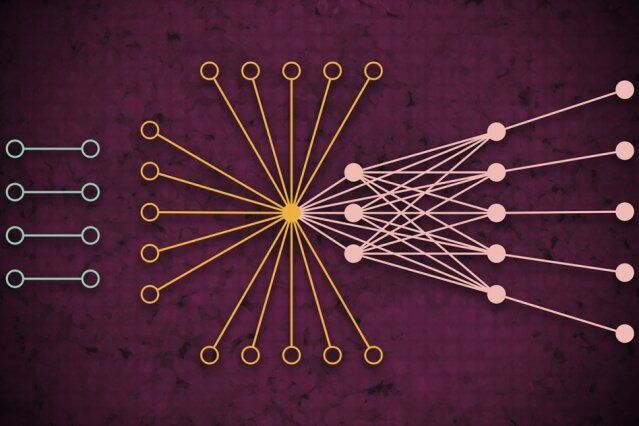Oct 29, 2019
Uber’s New Delivery Drone Absolutely Reeks of Vaporware [Updated]
Posted by Genevieve Klien in categories: drones, food
Uber has announced it’s developing a new drone it hopes to use for Uber Eats deliveries one day. Eric Allison, the head of Uber Elevate, talked about the new drone in Detroit yesterday at the Forbes Under 30 Summit. And while the mock-up design looks pretty cool, with rotating wings and six rotors, the details released so far raise some red flags.
According to Forbes (emphasis ours):
Continue reading “Uber’s New Delivery Drone Absolutely Reeks of Vaporware [Updated]” »


















